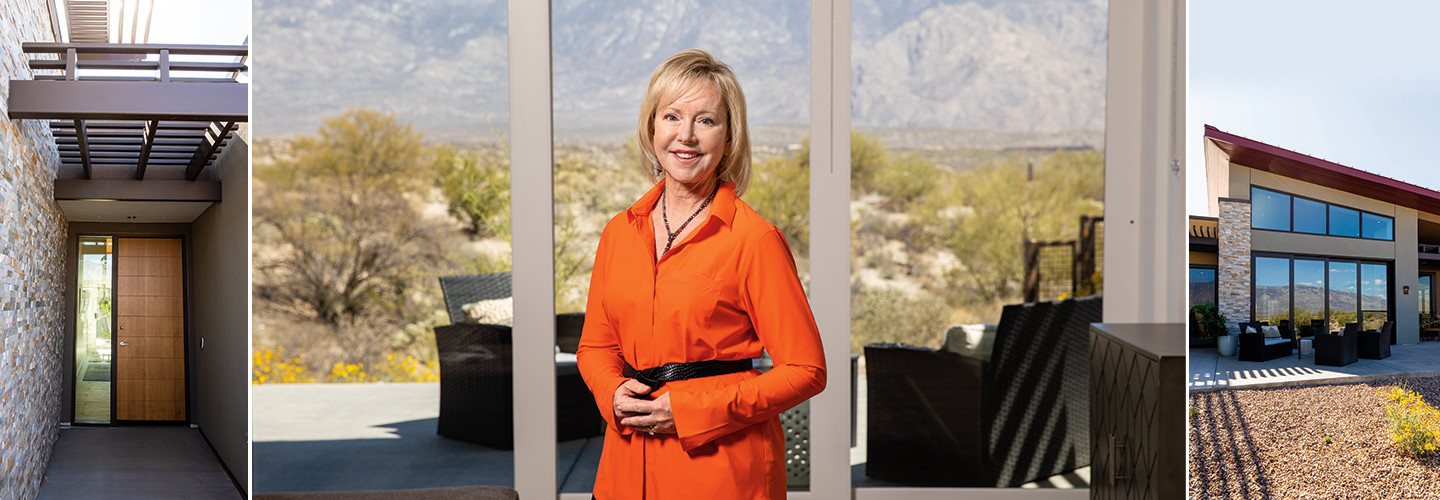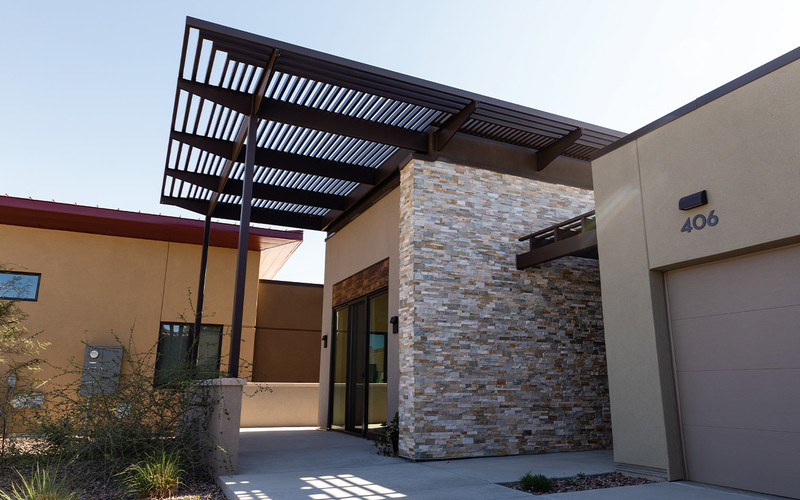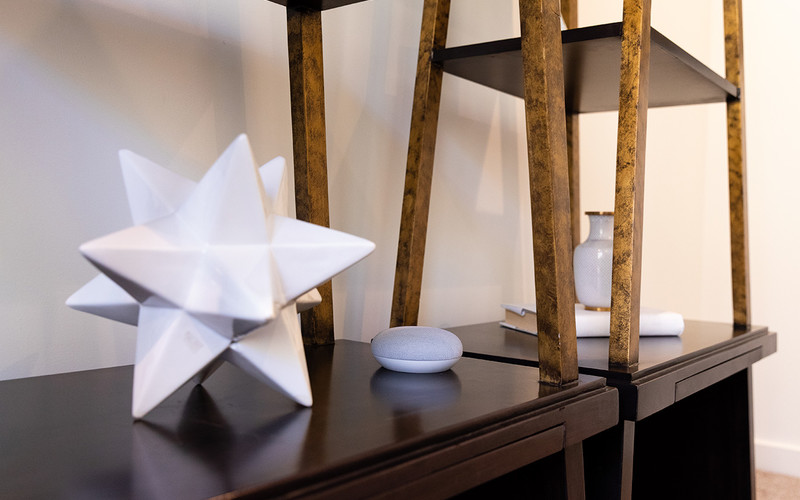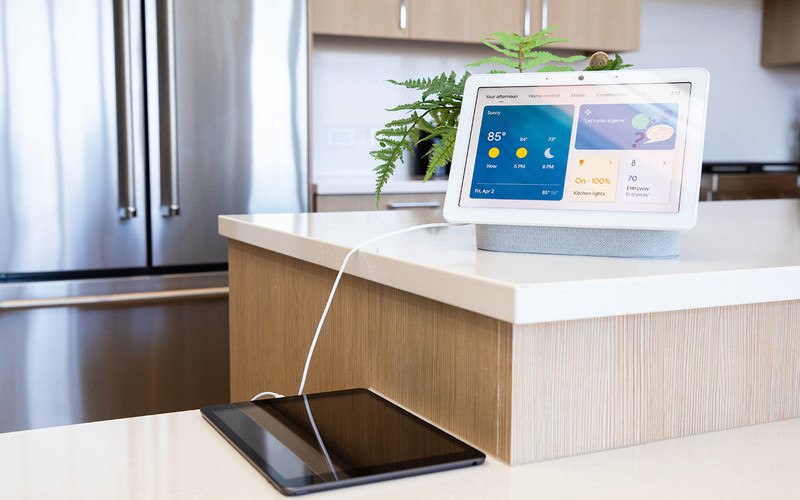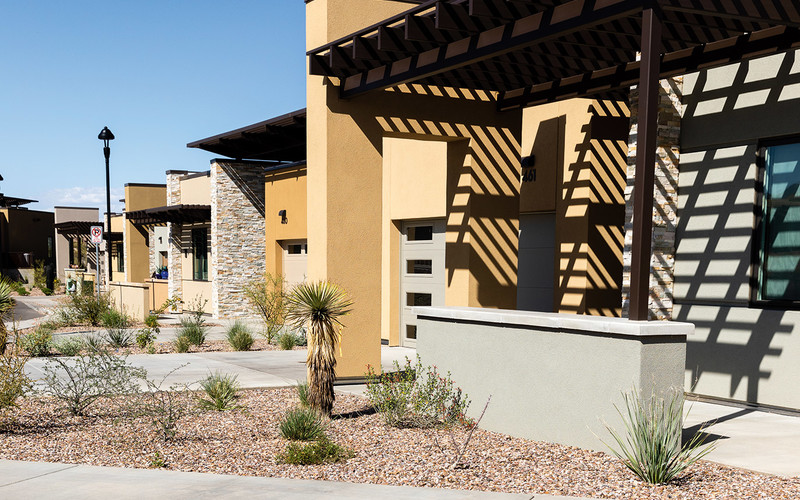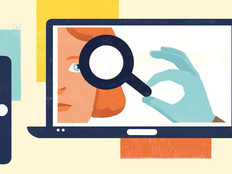With that in mind, in early 2020, Mather embarked on a smart home pilot program at its newest location, a development called Splendido at Rancho Vistoso in high-desert Tucson. Led by Mather IT Project Manager Ryan Squitieri, the organization gave five of the community’s nearly finished villas a floor-to-ceiling technology makeover.
“Our goal was total connectivity,” Squitieri says. “But the tech also had to be reliable and easy, not something the residents would probably never use.”
The steps Mather has taken to accommodate these residents reflect a larger trend in the senior living industry. Many communities are deploying a variety of technologies to create a greater connection among residents and staff. These technologies — including mobile devices, smart speakers and assistants, and wearable solutions — enable self-reliance and a better overall living experience for older adults.
LEARN MORE: Virtual reality makes a real impact on senior care.
Squitieri and his team ultimately decided to deploy a range of technologies from Apple and Google. They installed voice-controlled smart lights in both indoor and outdoor areas, and put smart speakers in bedrooms and kitchen areas. The homes were also outfitted with Google Nest video doorbells, so residents can identify and speak to visitors before they let them in, and with Nest thermostats and temperature sensors, allowing residents to set rooms throughout a unit at different temperatures. Further, Squitieri says, all living room windows were equipped with motorized blinds. Residents can adjust these — and all other smart devices — using either their personal smartphone or the preconfigured Apple iPad device they receive when they move into their villa. They also can access everything from community common areas using Splendido’s own public Google Nest Hub smart displays.
“There’s Wi-Fi everywhere, so all they have to do is log in and go,” Squitieri says.
According to Morgan, the Splendido pilot was so successful that they’re now rolling out the tech in 13 more villas. And at a new Mather community slated to open in Tysons, Va., in 2023, similar smart home technologies will be included in all of the apartments “as the standard moving forward,” she says.
Technology Is a New Normal for Older Adults
Mather may be on the cutting edge when it comes to technology adoption among senior living communities, but it’s not alone in this regard. The company is one of a growing number of organizations that have recognized the benefits that technology can provide their residents.
“I think most aging-services providers are keenly aware that their customers have become more comfortable with technology,” says Majd Alwan, senior vice president of technology and business strategy and the executive director of the LeadingAge Center for Aging Services Technologies. Before the pandemic, Alwan says, this trend mostly centered on personal devices, such as tools that older adults primarily used for communication and entertainment. It also tended to apply to the “younger” senior set much more than it did to those over the age of 80.


